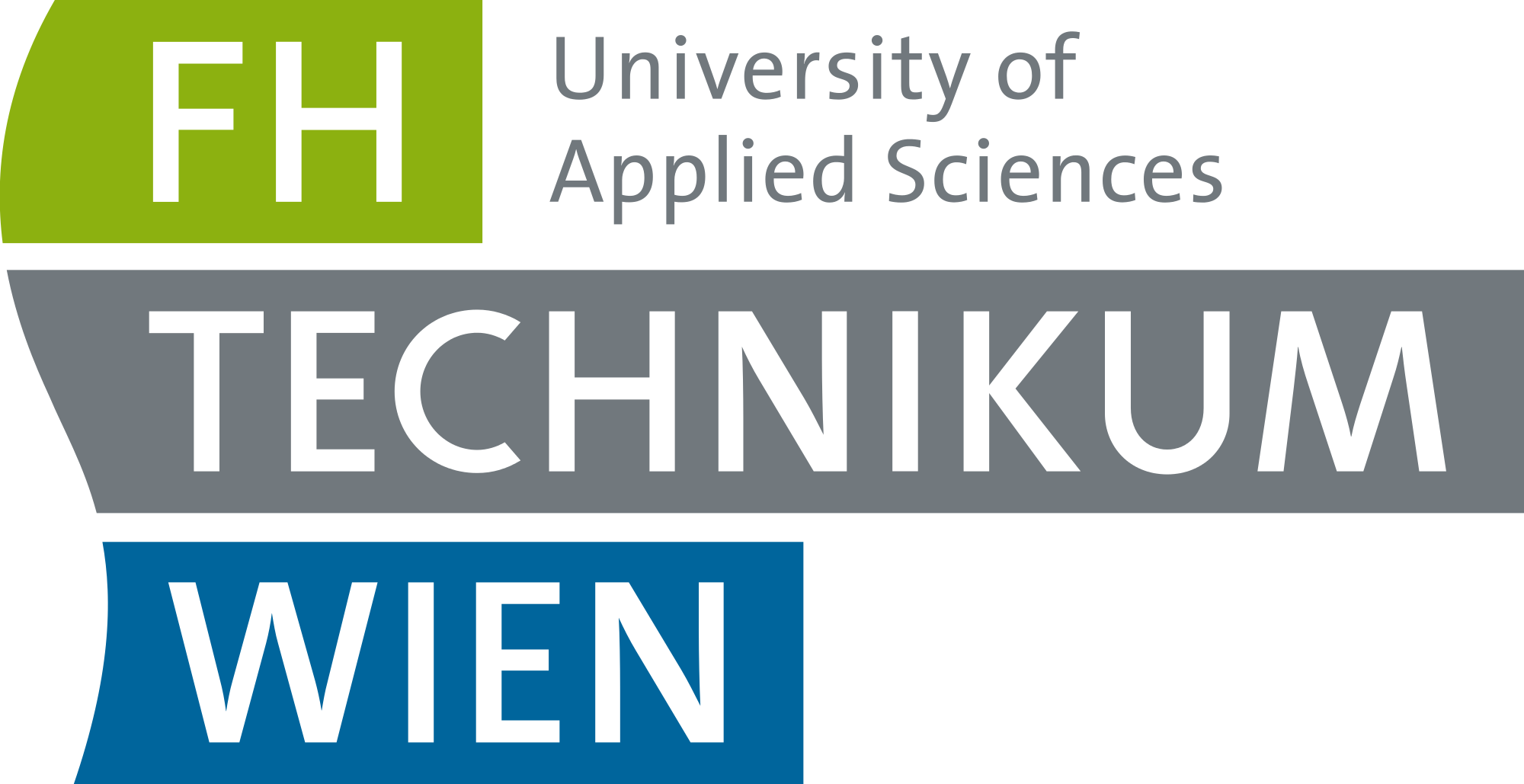|
Synopsis Optical methods provide basis for a range of established and newly developed technologies for the investigation of biointerfaces and for detection and interaction analysis of biomolecules. The course will give an introduction to optical characteristics of materials and how their characteristics can be tailored by their (nano)structuring. There will be introduced optical nanostructures that allow to efficiently manipulate with light at nanoscale for the optical probing of biomolecules and interfaces. In particular, methods relying on surface plasmon resonance (SPR), surface-enhanced Raman spectroscopy (SERS), surface-enhanced infrared absorption spectroscopy (SEIRA), and fluorescence will in discussed. The lecture will illustrate key optical principles based on which these methods rely by a set of examples covering the investigation of polymer-based architectures at interfaces of technical devices that are in contact with biological media (e.g. antifouling interfaces for biosensors analysing complex media), rapid detection of species relevant to medical diagnostics (e.g. detection of biomarkers) and food control (e.g. analysis of harmful species such as toxins). In addition, modern optical imaging techniques for the observation of biomolecules that take advantage of tight confinement of light and its localization in optical tweezers, super-resolution microscopy, and rapidly progressing tools for single molecule detection and digital assay readout in ultrasensitive biosensors will be discussed. The course is designed for undergraduate, graduate and PhD students, technicians and researches from different fields giving theoretical background and practical insight into the modern optical tools that serve for the observation of interaction of biomolecules, their rapid detection and implementation to analytical technologies.
Supporting materials (winter semester):
Supporting materials (summer semester):
Recorded lectures: Optical properties of materials and structures Biointerfaces and affinity interaction
Fachhochschule Technikum Wien: Advanced Technologies in Biological Research - Optical Biosensors and Nanotechnologies (2012-2022) Syllabus: The course provides an introduction to optical biosensor technologies for rapid detection of molecular and biological species and for biomolecular interaction analysis. It comprises brief overview of optics fundamentals, technologies used for fabrication of optical micro and nano-structures, most common configurations of optical biosensors and their implementation to functional devices:
Supporting materials (winter semester 2020-2021): :
|
COPYRIGHT © 2012-2020 Jakub Dostálek, PhD
 Home
Home Site map
Site map Contact
Contact

